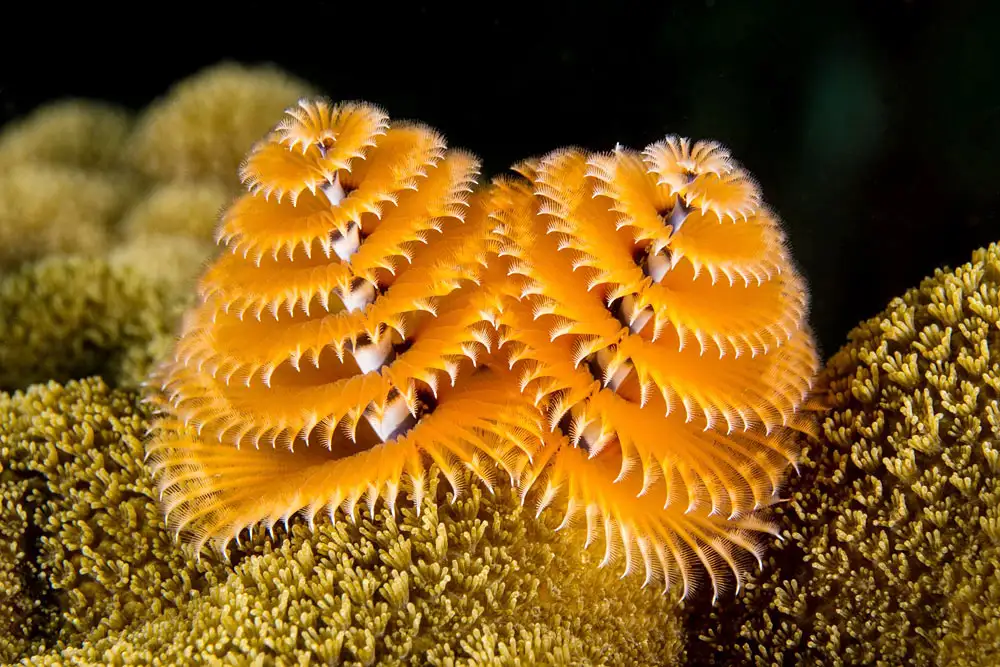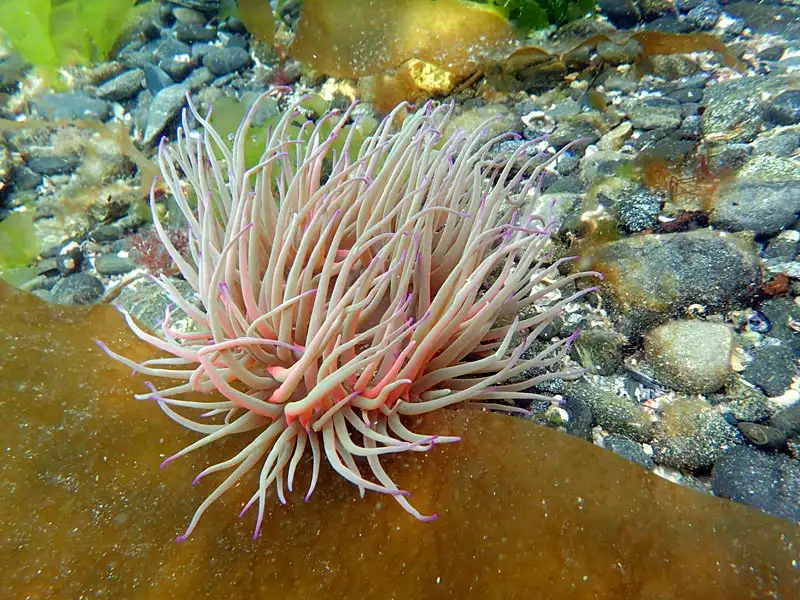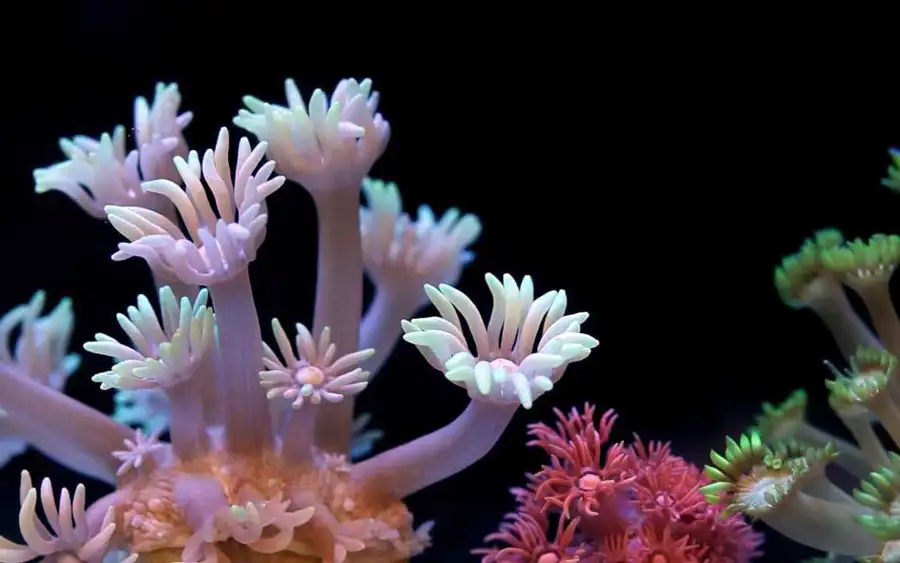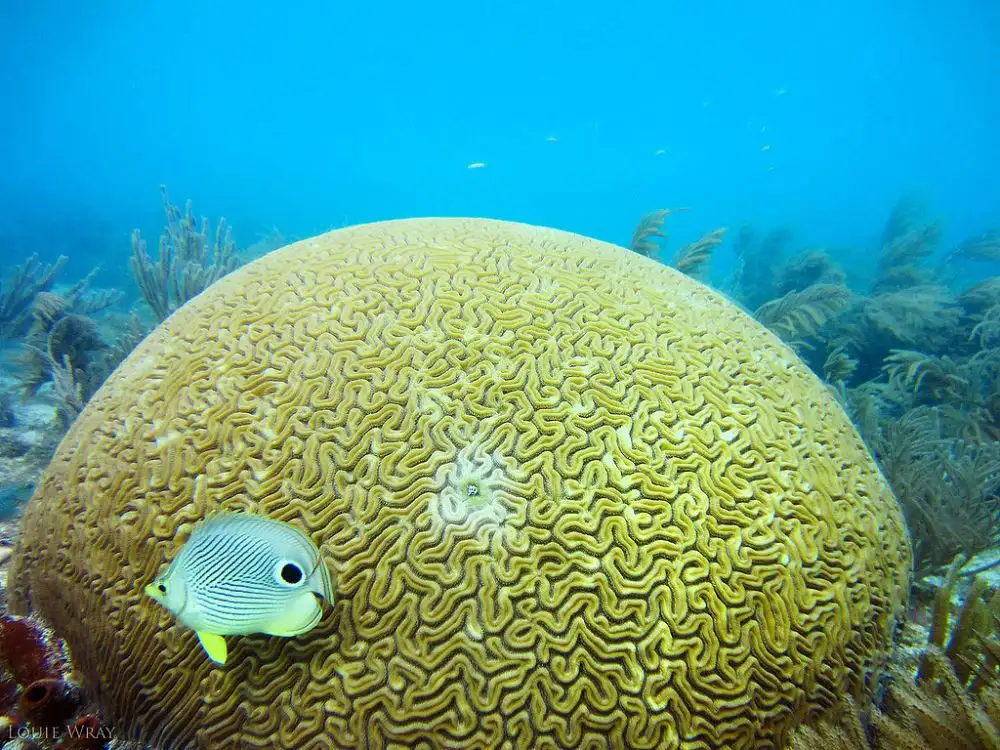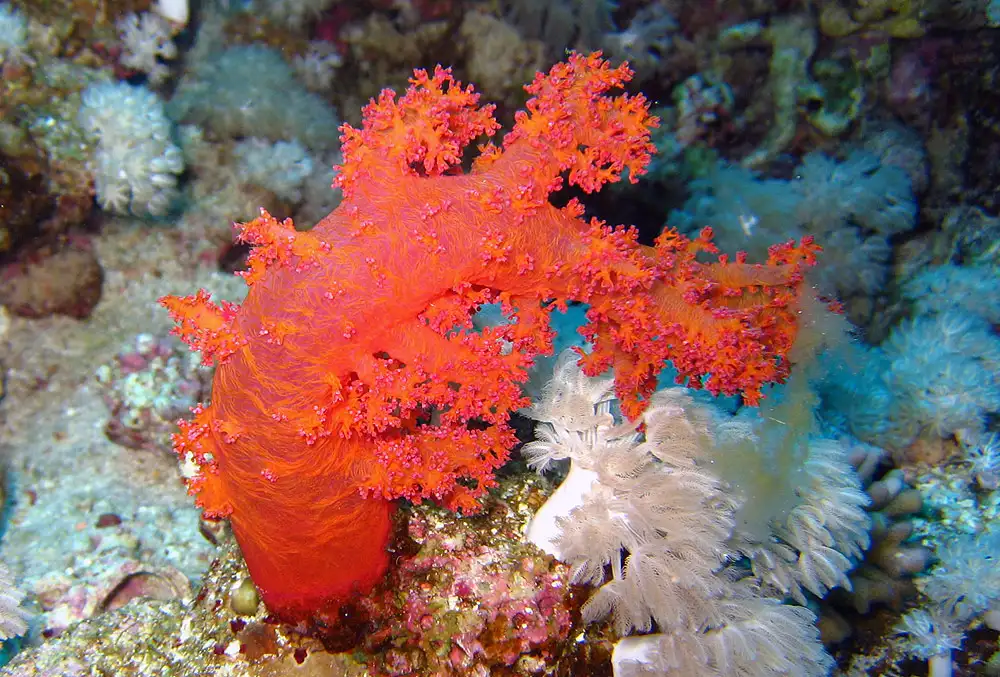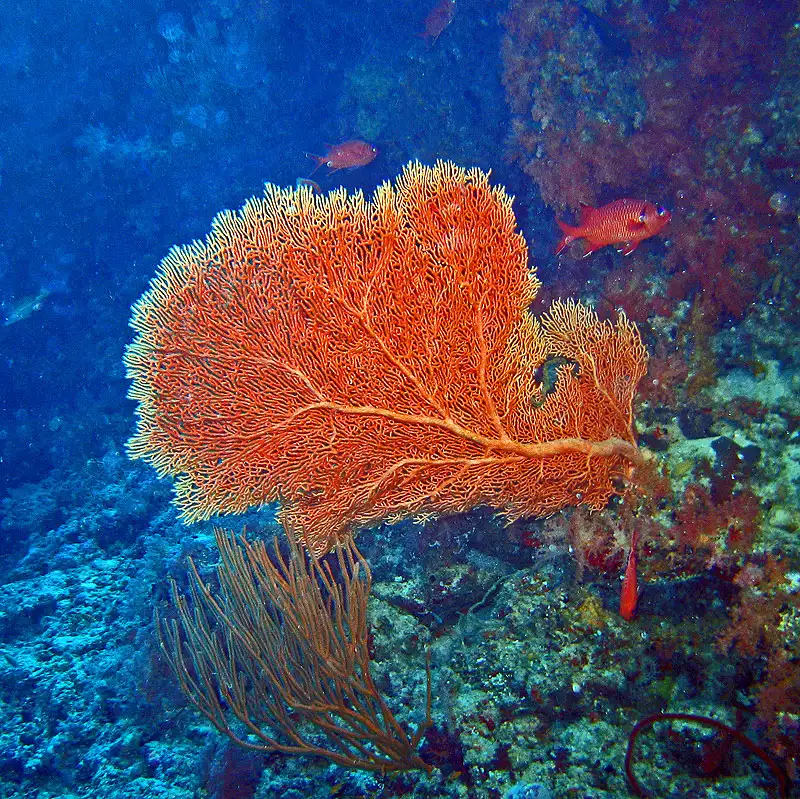Crinoids (Overview)
IUCN
LCBasic Information
Scientific classification
- name:Crinoids (Overview)
- Scientific Name:Crinoidea (crinoids)
- Outline:Echinodermata
- Family:Echinodermata Crinoidea
Vital signs
- length:Arm span 10–30 cm; feather stars 50–70+ cm; sea‑lily stalks 1–2+ m
- Weight:Varies; not standardized
- lifetime:Multi‑year; deep‑sea taxa may be very long‑lived
Feature
Suspension feeders using pinnules/tube feet; nocturnal behaviour; strong arm regeneration.
Distribution and Habitat
Global oceans from shallow reefs to abyssal plains and seamounts.
Appearance
Calyx with branched arms and pinnules; cirri in comatulids; segmented stalk in sea lilies.
Details
Crinoids (class Crinoidea) comprise stalked sea lilies and unstalked feather stars. They are suspension feeders that capture plankton and particulate organic matter with sticky tube feet on pinnules and convey food along ambulacral grooves to the mouth.
Ecology & Biology
Feeding: most efficient in moderate currents; filter micro‑zooplankton and POM.
Life modes: deep sea—mainly stalked forms; shallow reefs—feather stars gripping with cirri, crawling and repositioning.
Activity: many are nocturnal, spreading their feathery arms at night.
Regeneration: frequent arm autotomy and regrowth; some species propagate via fragments.
Identification
A central calyx bears usually ~10 arms (often more by branching); arms carry pinnules forming the feathery outline. Stalked forms have a segmented, calcareous stalk and holdfast; feather stars use cirri. All show echinoderm pentamerous symmetry.
Size & Longevity
Arm span: typically 10–30 cm; large feather stars 50–70+ cm; sea‑lily stalks 1–2+ m.
Life: generally multi‑year; deep‑sea taxa may be very long‑lived.
Range & Habitat
Global in distribution—from shallow coral reefs to abyssal plains and seamounts. Feather stars are common on current‑swept walls and among gorgonians/black corals; sea lilies dominate many cold deep‑water settings.
Roles & Threats
Roles: mediate particulate flux; provide microhabitats for commensal crustaceans and fishes.
Threats: bottom trawling and deep‑sea mining, sedimentation, pollution, warming and acidification.
IUCN: overview entry; conservation is species‑specific. Marked here as Not Evaluated (NE).
FAQ
Q1. Can feather stars swim? Yes—by flapping their arms they can swim short distances.
Q2. How are they related to starfish/urchins? All are echinoderms; crinoids are a distinct class characterized by feathery arms and suspension feeding.
Q3. Is handling safe? Best avoided—crinoids are fragile and handling damages cirri/arms.
Q4. Why hidden in daytime? Many are nocturnal and retract/hide to reduce predation and fouling.









